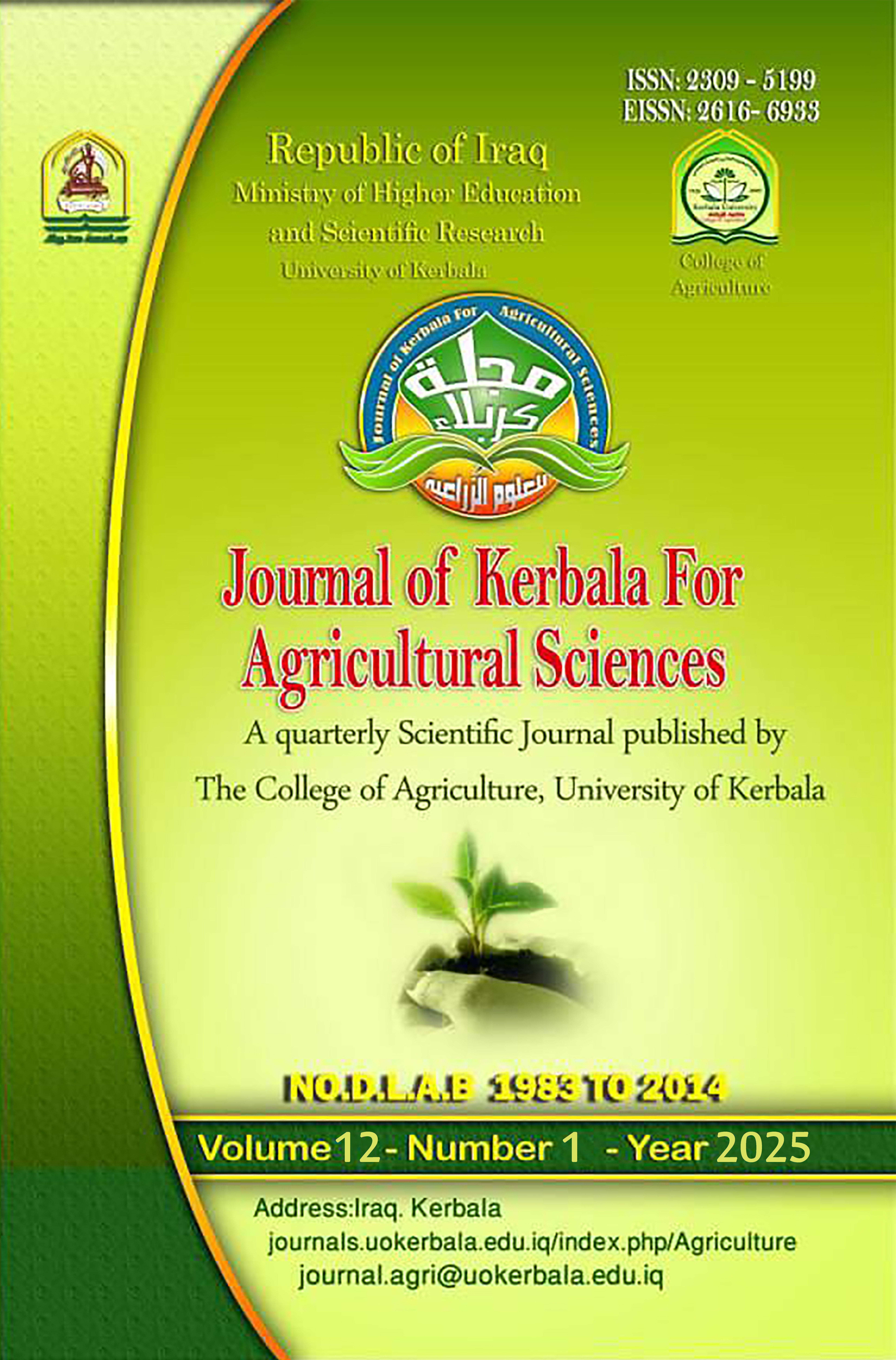First morphological and molecular identification of mealybug Cadra cautella (Lepidoptera: Pyralidae) in Karbala, Iraq
DOI:
https://doi.org/10.59658/jkas.v12i1.3237Keywords:
Cadra cautella, endosymbionts, almond moth, Next Generation se-quencingAbstract
Cadra cautella (Walker, 1863) (Lepidoptera: Pyralidae) is a significant pest insect of dried products that has become widespread in storge products of Karbala Province. Integrating molecular data using Next Generation sequencing alongside morphological data from a comprehensive collection of live specimens was applied to identify C. cautella in Karbala, Iraq. The morphemic identification of the almond moth common in Karbala is C. cautella. This identification was confirmed molecularly. In addition, this insect's mitochondrial genes mtCOX1 were recorded in GenBank with accession numbers PP916775 and PP921921, with 657 and 651 bp long, respectively Another two genes of this insect were sequenced successfully: the hydroxymethylglutaryl-CoA lyase and vitellogenin genes deposited in GenBank under accession numbers PP928485 and PP928484. The results showed that for the first time, the identification of C. cautella and its genes was reported based on molecular biology in Karbala, Iraq. The research results help identify and distinguish the almond moth species using NGS and are beneficial for the better choice and application of control strategies against it.
Downloads
Published
How to Cite
Issue
Section
License
Copyright (c) 2025 Copyright (c) 2024 is the Author's article. Published by the Journal of Kerbala for Agricultural Sciences under a CC BY 4.0 license

This work is licensed under a Creative Commons Attribution 4.0 International License.
Licensing Terms
All articles are published under a Creative Commons License and will be directed to the Creative Commons Attribution 4.0 International License (CC BY 4.0) That permits use, distribution, and reproduction in any medium, provided the original work is properly cited. This license also allows the work to be used for commercial purposes.
Use by both non-commercial and commercial users
This content is licensed under a Creative Commons Attribution 4.0 International (CC BY 4.0) license, permitting use by both non-commercial and commercial users. Individual users may access, download, copy, display, and redistribute the articles to colleagues, as well as adapt, translate, and text- and data-mine the content, subject to the following conditions:
- The author's moral rights, including the right of attribution and the right to protect their work from derogatory treatment, are respected.
- Where content in the article is identified as belonging to a third party, users must ensure that any reuse complies with the copyright policies of the owner of that content.
- If the article content is reused for research or educational purposes, users should maintain a link to the appropriate bibliographic citation, including the DOI and a link to the published version on the journal's website.






